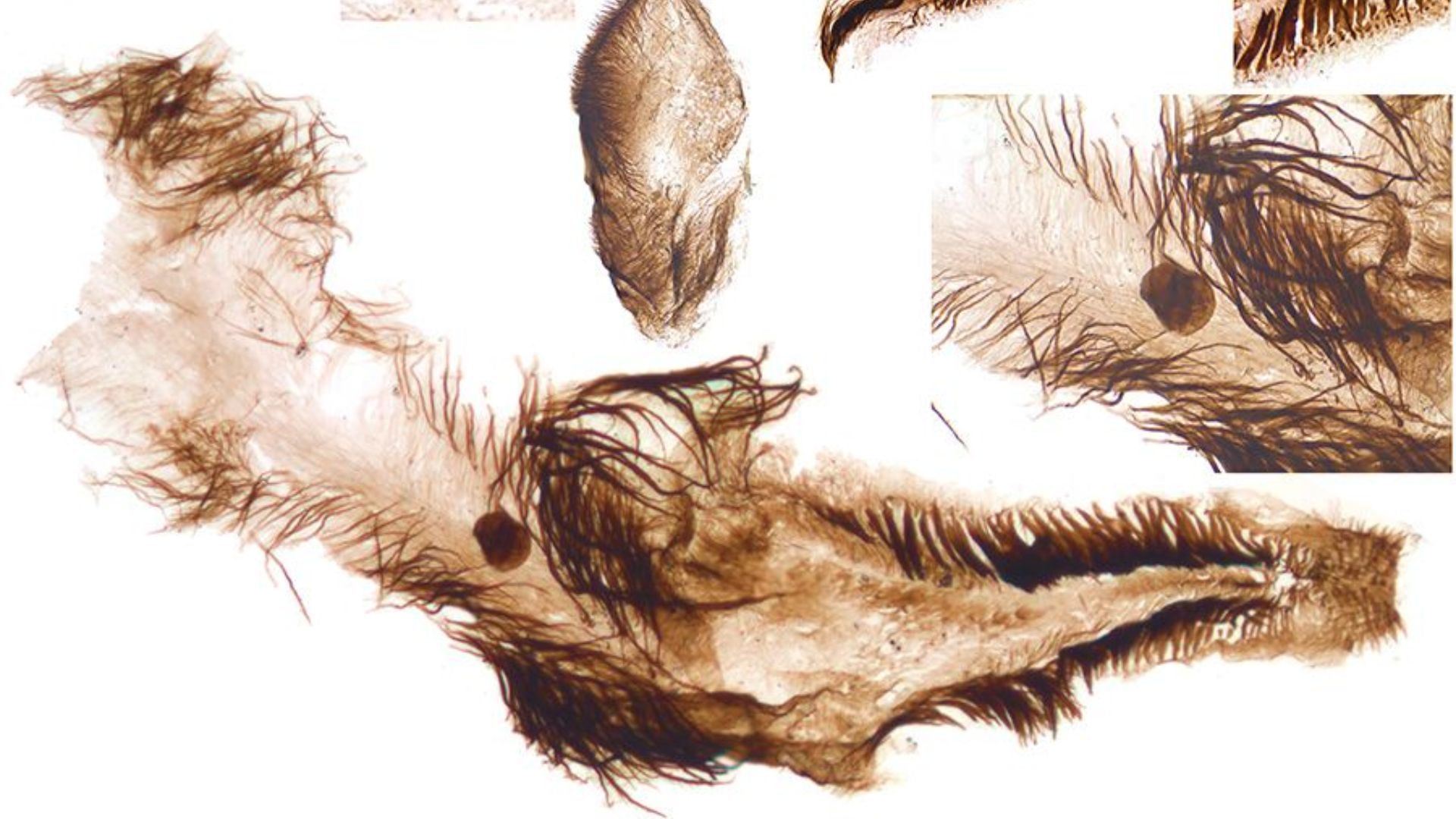New Delhi: Scientists have discovered the fossilised remains of molluscs, crustaceans and worms that lived between 502 and 507 million years ago in the Grand Canyon. This is the first rich fossil discovery in the area, preserving fragments of the food consumed by the animals as well. The creatures lived during a period of rapid evolutionary development and diversification known as the Cambrian explosion, when the major animal groups first appeared in the fossil record. The nutrient-rich waters powered the Cambrian explosion, with animals evolving a wide range of adaptations for movement, reproduction and consuming food.
The Grand Canyon fossils contain the first soft-bodied non-mineralised Cambrian fossils within what is termed as a Goldilocks Zone, a region sufficiently rich in resources to accelerate the evolution of animals. Previously, only a few locations around the world had the conditions necessary to preserve the remains of soft-bodied animals. Most of these remains were from oxygen-poor environments which were not rich in terms of food, with the conditions unlikely to kickstart the complex innovations that emerged during the Cambrian explosion. The fossils also preserve traces of the activity of the animals, including burrowing, walking and feeding, providing researchers with a fuller picture of what life during the Cambrian period was like.
Goldilocks Zone in the Grand Canyon
During the Cambrian period, the Grand Canyon was located much closer to the equator than it is now, with conditions ideal for supporting a wide variety of lifeforms. The oxygen-rich water was neither too deep nor too shallow, maximising the nutrients available while striking a balance between oxygen and exposure to ultraviolet radiation from the Sun. The shallow waters prevented wave damage as well. The environment allowed the animals to evolve complex and resource-intensive innovations. A paper describing the findings has been published in Science Advances.
While such fossils had not previously been detected in the Grand Canyon, the researchers worked out that the conditions were suitable for preserving soft-bodied animals. Fist-sized portions of material from the Grand Canyon was first dissolved in hydrofluoric acid, with the sediment passing through multiple sieves, releasing thousands of microfossils. The remains of all the animals were fragmentary, but contained recognisable structures that helped the researchers identify the animals. Some of the filter feeding crustaceans had plankton-like particles near their mouths. A few new species of cactus worms were also identified in the remains.
